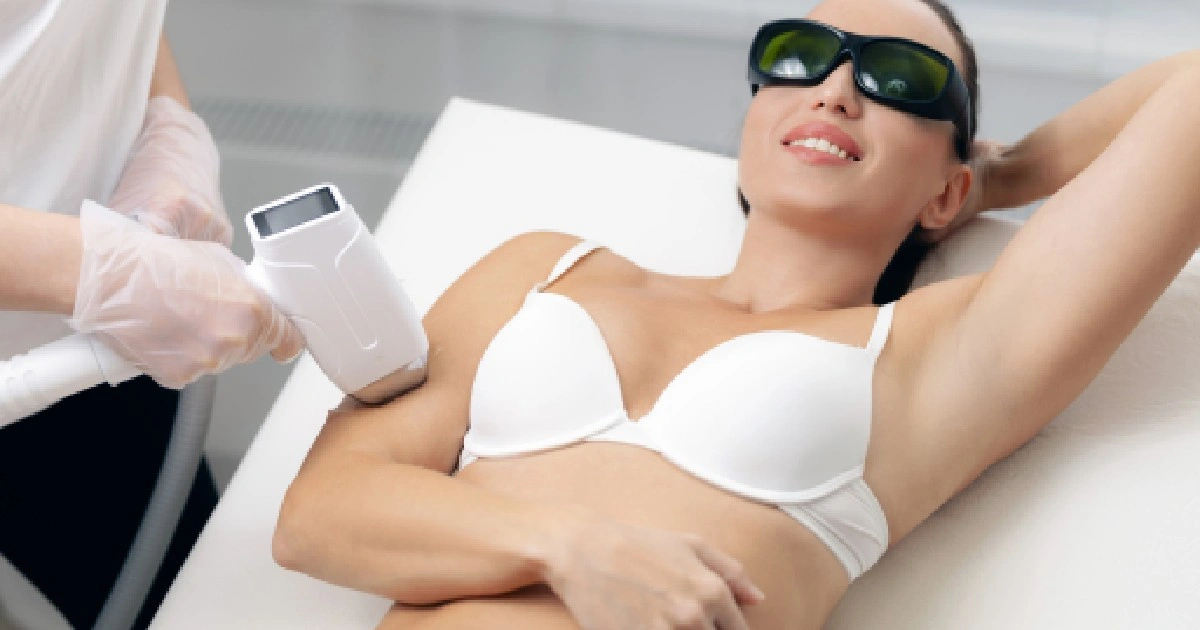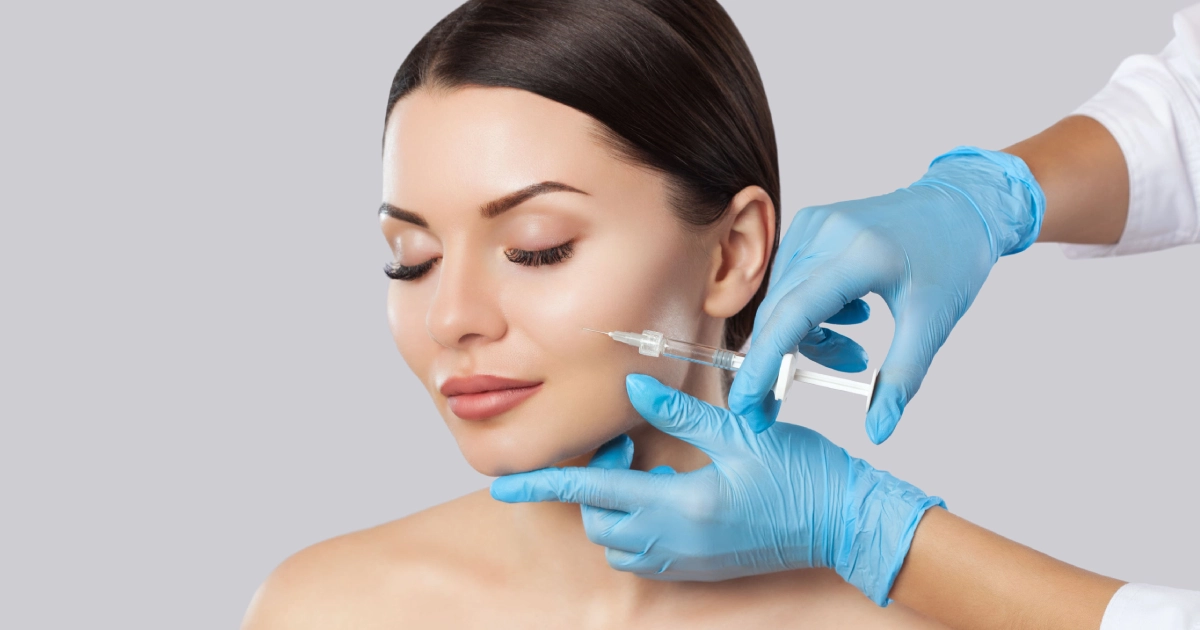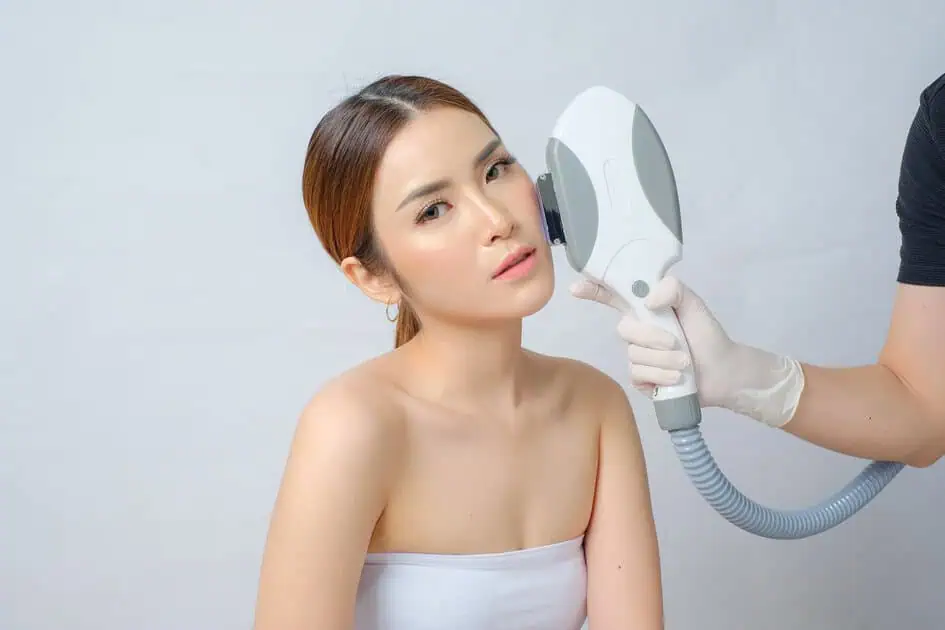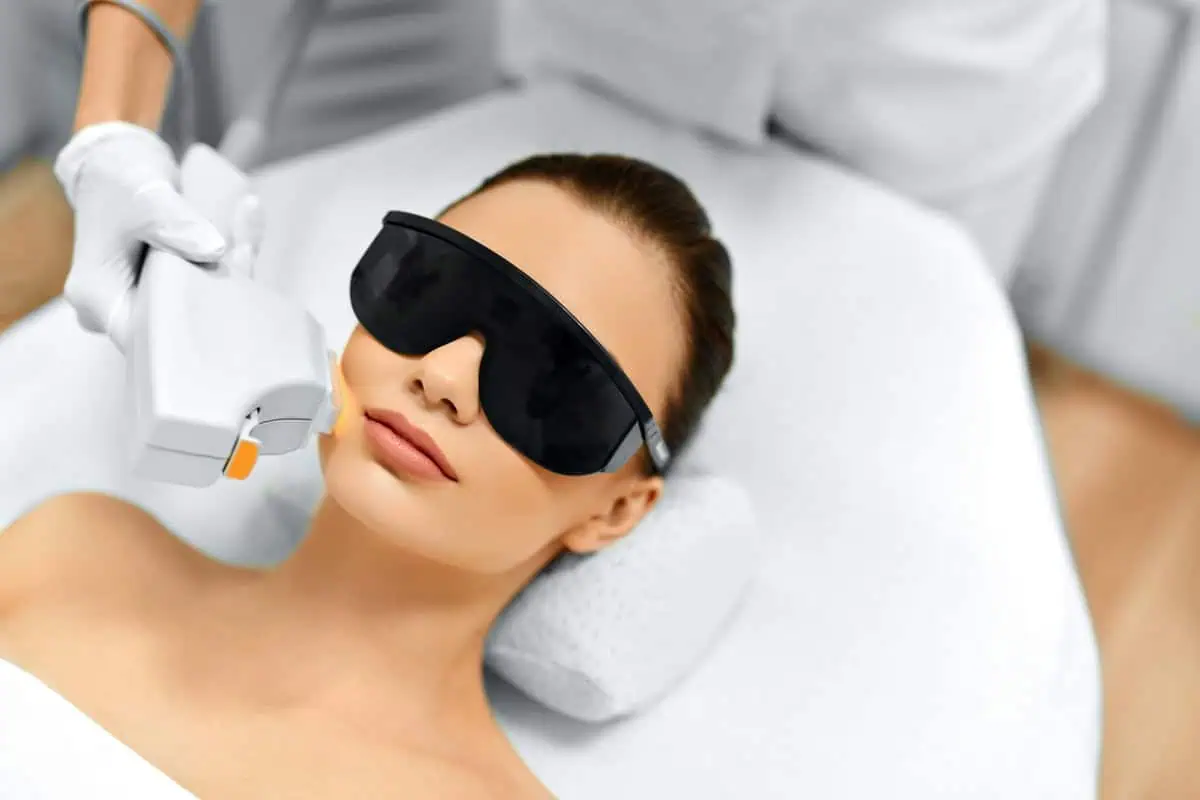Botox is widely recognized for its cosmetic benefits, often overshadowing its identity as a neurotoxin. Neurotoxins, substances that alter the function of the nervous system, vary widely in source and application. This text aims to clarify the nature of Botox within this broader category. By comparing Botox specifically to other neurotoxins, we can explore its unique characteristics, applications, and the reasons behind common misconceptions. Here’s what you should know about neurotoxin vs. botox and what it actually is.
What are Neurotoxins?
Neurotoxins can disrupt the normal function of nerve cells, leading to various effects on the body, ranging from benign to highly dangerous. These substances alter the way nerve cells and muscles communicate with each other, either by blocking or overstimulating neural transmission. For instance, some neurotoxins block the release of neurotransmitters, chemicals that transmit signals from one nerve cell to another, which can inhibit muscle contractions and lead to paralysis. Others might excessively stimulate these signals, causing uncontrolled muscle movements or pain.
However, the scientific community has also harnessed some neurotoxins for beneficial uses, particularly in medicine. For example, neurotoxins are employed in treatments for chronic pain and muscle disorders and even in cosmetic applications like reducing wrinkles, where their ability to temporarily paralyze muscles can be advantageous. The most famous of these medical neurotoxins is Botox, a purified form of the botulinum toxin adapted for safe use in humans to achieve specific therapeutic outcomes.
Botox: A Special Case of Neurotoxin
Botox is perhaps best known for its aesthetic applications, particularly in cosmetic dermatology, where it diminishes the appearance of facial wrinkles. Its ability to relax muscles effectively smooths out wrinkles formed by the repetitive contraction of facial muscles. Common areas treated include the forehead, around the eyes (crow’s feet), and between the eyebrows.
The principle behind its use in cosmetics is straightforward: when Botox is injected into a specific muscle, it blocks the nerve signals that cause contraction. This muscle relaxation reduces the associated skin tension, which in turn softens wrinkles and can prevent new ones from forming. The results are visible within a few days and can last several months, making Botox a popular choice for those seeking a non-surgical approach to anti-aging.
Moreover, Botox’s aesthetic use has expanded beyond wrinkle reduction. It is also used to achieve subtle changes in facial symmetry, such as adjusting the position of eyebrows or reducing the appearance of a “gummy” smile. Its precision in targeting specific small muscles allows for these fine adjustments, enhancing facial aesthetics with minimal intervention.
Other Neurotoxin Injections Vs. Botox
When considering neurotoxin injections for cosmetic or therapeutic purposes, Dysport and Botox are two prominent options. Here’s a focused comparison between these two:
- Botox (onabotulinumtoxinA)
- Usage: Botox is used therapeutically and cosmetically to treat muscle spasms, chronic migraines, excessive sweating, and wrinkles.
- Diffusion: Botox tends to stay close to the injection site, allowing for targeted treatment with minimal spread.
- Dosage: Botox’s potency is well-established, and due to its strength, it is generally used in smaller doses.
- Onset of Action: Typically, the effects of Botox become noticeable within 24 to 72 hours after injection, with peak effects at about two weeks.
- Dysport (abobotulinumtoxinA)
- Usage: Like Botox, Dysport is used for aesthetic and therapeutic applications, particularly for forehead wrinkles and glabellar lines.
- Diffusion: Dysport tends to diffuse more than Botox, which can be beneficial for treating larger areas but may require more skill to avoid unwanted spread.
- Dosage: Dysport is generally used in higher units than Botox due to its lower concentration of neurotoxin per unit, which can influence dosing precision.
- Onset of Action: Dysport may show effects slightly faster than Botox, with some patients observing improvements as early as 1-2 days post-treatment.
Key Differences:
- Diffusion and Precision: The choice between Dysport and Botox might depend on the specific area being treated and the desired precision. Dysport’s higher diffusion rate might make it more suitable for larger areas, whereas Botox’s limited spread is ideal for targeted treatments.
- Dosage and Potency: Dysport is often administered in higher doses than Botox, but this doesn’t necessarily imply lesser efficacy; it’s largely due to the difference in unit measurement and potency per unit.
- Onset of Results: Those seeking quicker initial results might prefer Dysport, though both treatments reach their peak efficacy within a similar timeframe.
Botox Procedure: What To Expect
Before receiving Botox, a consultation with a qualified healthcare provider is essential. During this meeting, the provider will discuss your goals, review your medical history, and explain the potential benefits and risks associated with Botox. This is also the time to address any concerns or questions you may have. Depending on the areas to be treated, the provider may mark specific points on your skin as guides for injection.
During the Procedure
The actual injection process is quite quick, typically taking at most 10 to 15 minutes, depending on the number of areas being treated. Botox is injected using a fine needle, which minimizes discomfort. Most patients describe the sensation as a mild pinch with minimal pain. No anesthesia is required, but in some cases, a topical numbing cream might be applied to ease any discomfort.
The provider will inject a precise amount of Botox into the targeted muscles. The technique and the amount of toxin used are crucial for achieving the desired effects while maintaining a natural look.
After the Procedure
Immediately following the injections, you might notice mild swelling or redness at the injection sites, but these side effects typically subside within a few hours. While there is no significant downtime required after receiving Botox, there are a few recommendations to follow:
- Avoid rubbing or massaging the treated areas for at least 24 hours to prevent spreading the toxin to unintended muscles.
- Stay upright and refrain from bending over or lying down for several hours post-treatment.
- Steer clear of strenuous physical activities on the day of the procedure.
Takeaway
Ready to enhance your natural beauty and explore the benefits of Botox? Contact Derma Bliss Medical Spa today to schedule your personalized assessment. Our experienced professionals are ready to guide you through every step of the process, ensuring your comfort and satisfaction. If you are seeking to address aesthetic concerns, Derma Bliss Medical Spa has the expertise to help you achieve your aesthetic and therapeutic goals.






